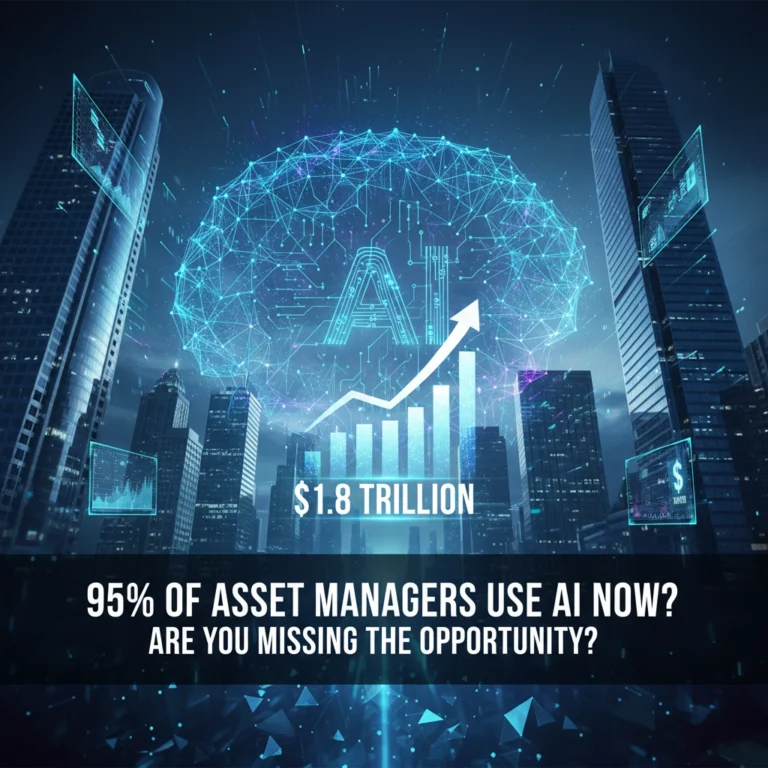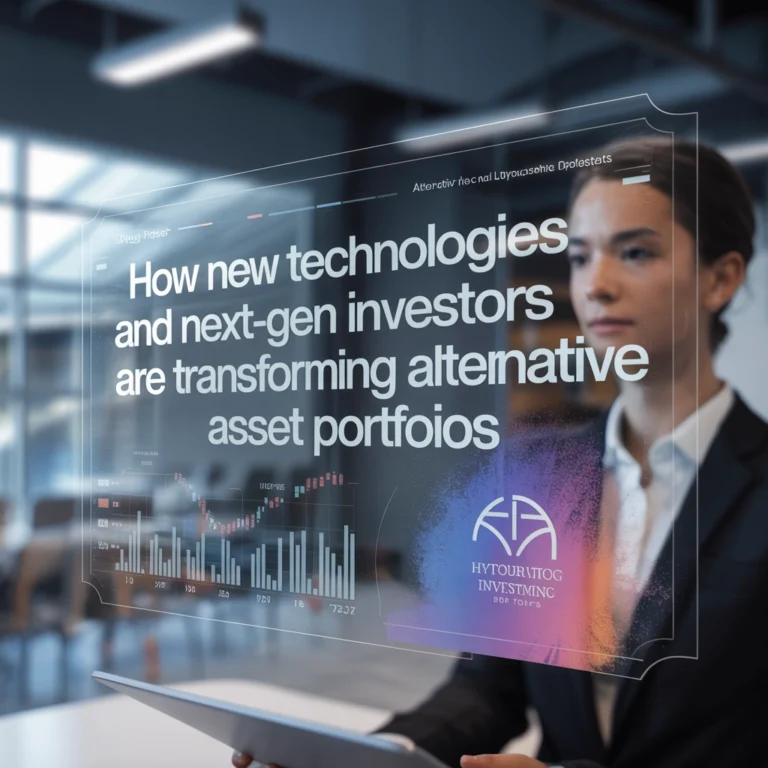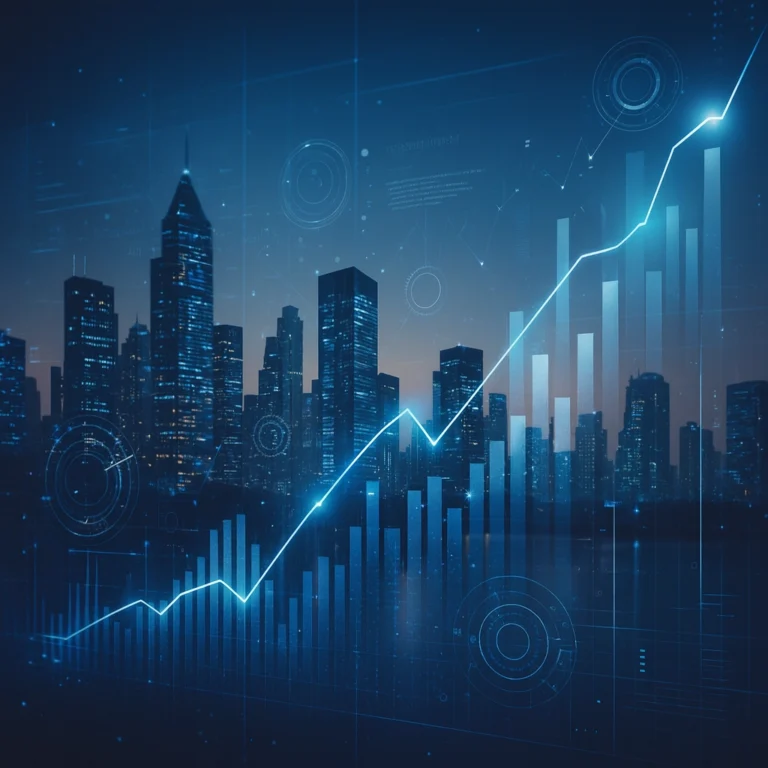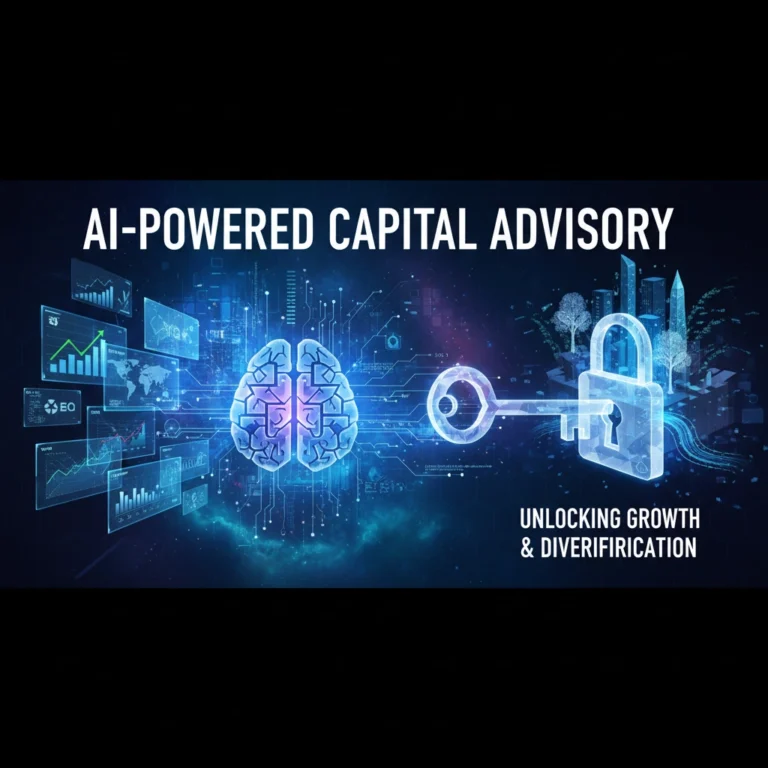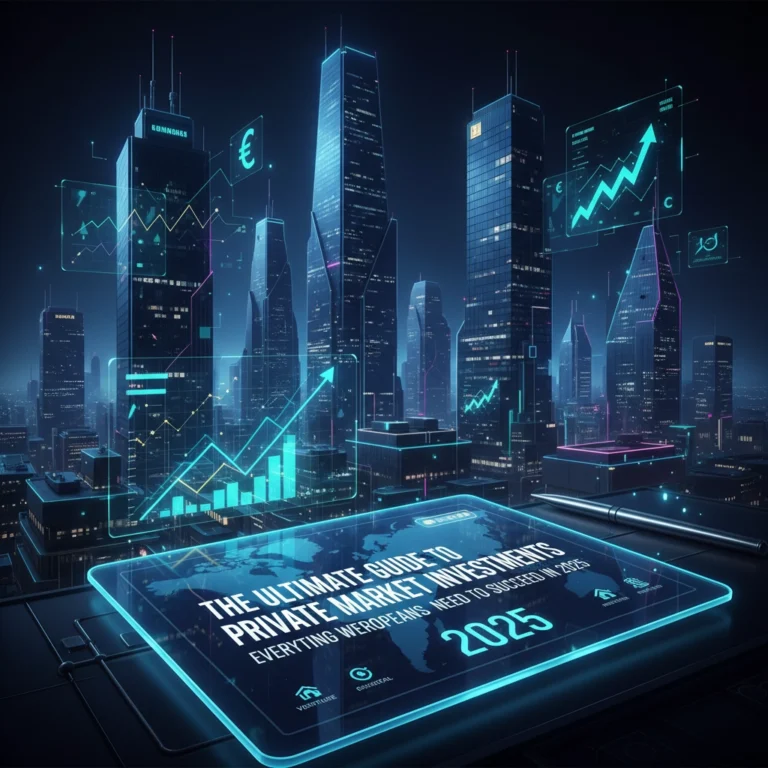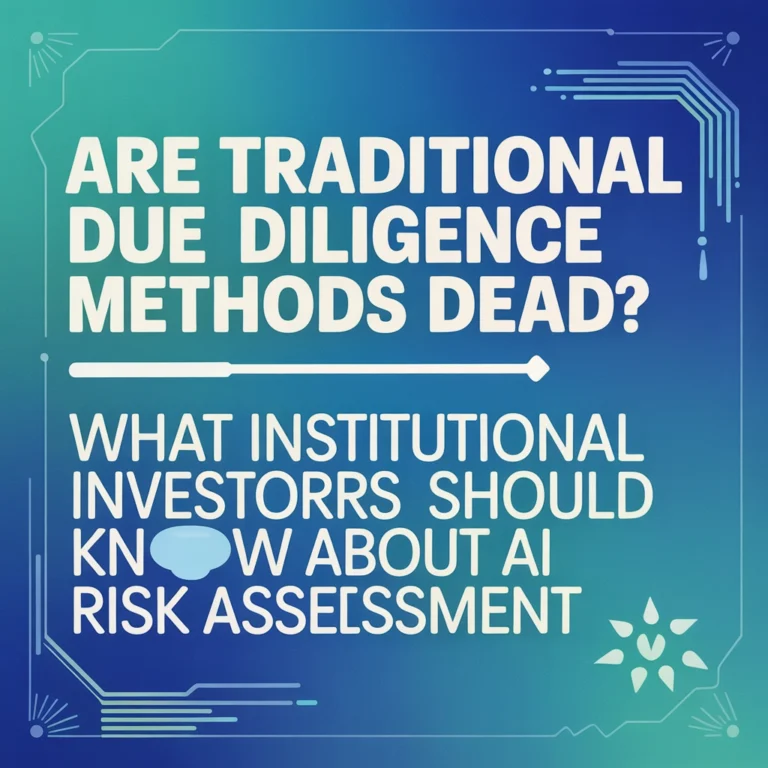Are Traditional Risk Models Dead? Why Smart Money Is Switching to AI-Powered Alternatives
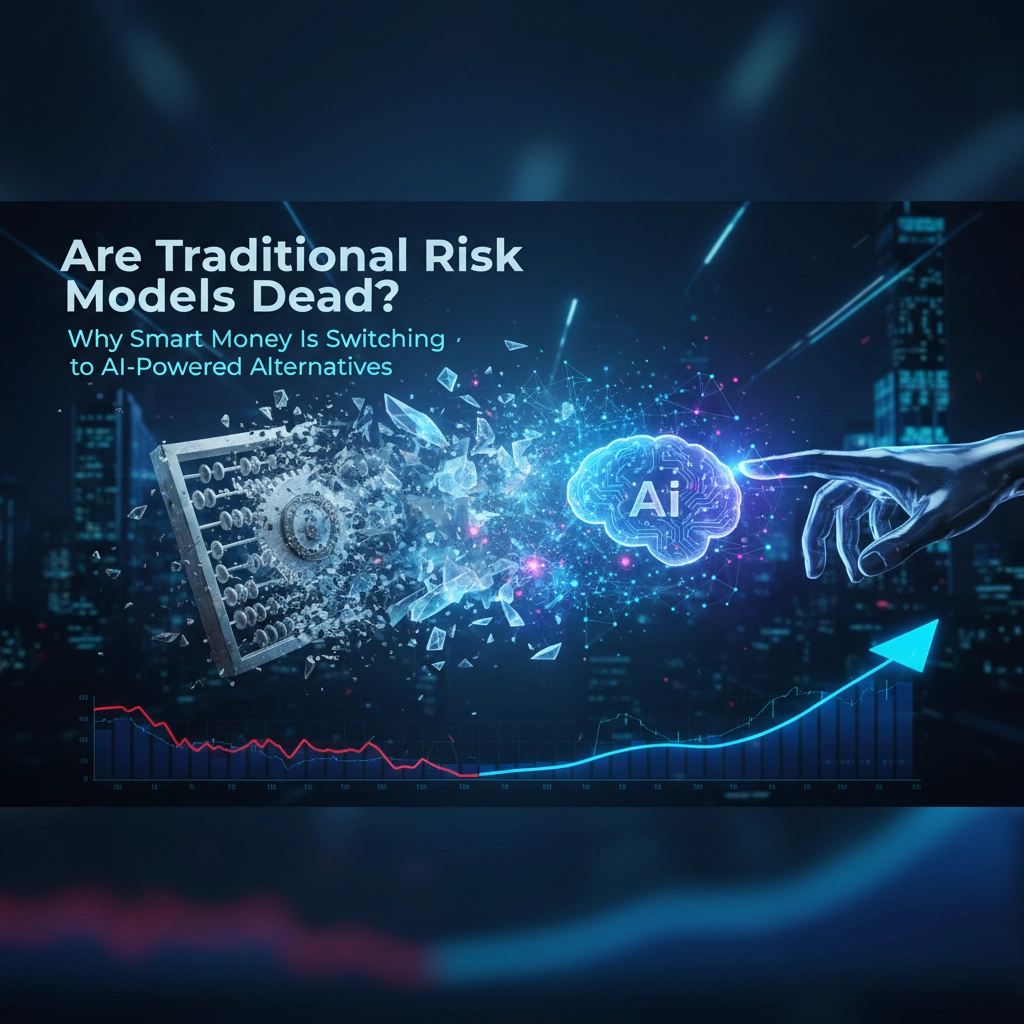
Here's a question that's keeping risk managers awake at night: What happens when your billion-dollar portfolio relies on risk models that were built for a world that no longer exists?
The uncomfortable truth is that traditional risk models: the same ones that major institutions have trusted for decades: are failing spectacularly in today's hyper-connected, lightning-fast markets. While fund managers cling to their Monte Carlo simulations and Value-at-Risk calculations, the smart money is quietly migrating to something far more powerful: AI-driven risk assessment systems.
The shift isn't just happening: it's accelerating. And those who don't adapt are about to get left behind in a very expensive way.
The $2 Trillion Problem: Why Traditional Models Are Breaking Down
Traditional risk models were built for a simpler world. They assume markets behave rationally, correlations remain stable, and historical patterns predict future outcomes. But here's the reality check: none of those assumptions hold true anymore.
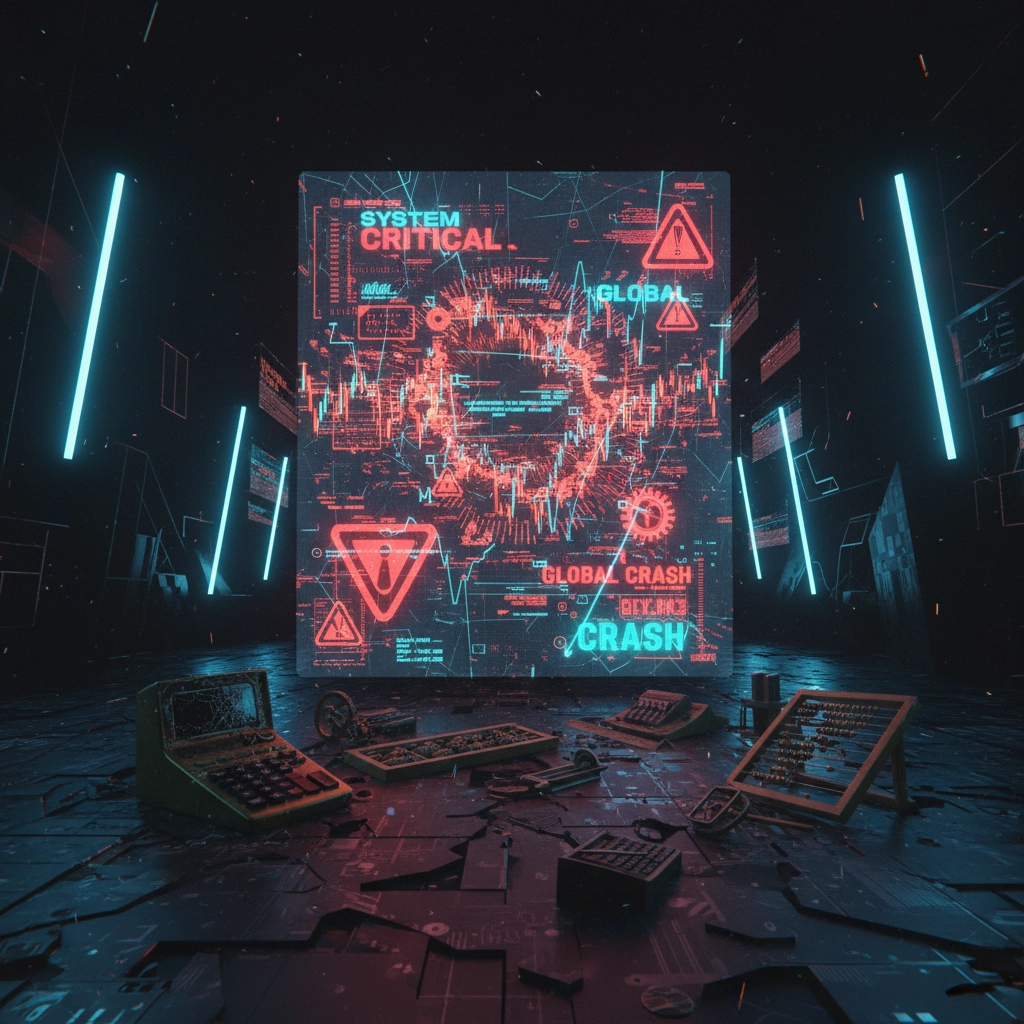
Take the 2020 market crash. Traditional models predicted a 1-in-10,000 year event: yet we've seen similar "impossible" market moves happen multiple times in just the past decade. The problem isn't bad luck; it's fundamental model failure.
The core issues plaguing traditional approaches:
- Historical tunnel vision: These models look backward, not forward, missing emerging risks until they explode
- Linear thinking in a non-linear world: Markets don't move in straight lines, but traditional models assume they do
- Slow adaptation: Manual recalibration means you're always fighting the last war
- Data blindness: They ignore 90% of available information, focusing only on price and volume data
Consider this: while your traditional risk model is crunching last quarter's numbers, social media sentiment about your holdings is shifting in real-time, geopolitical events are unfolding, and supply chain disruptions are brewing. Traditional models miss all of this context.
The result? Risk managers using outdated tools consistently underestimate actual portfolio risk during volatile periods: exactly when accurate risk assessment matters most.
The AI Revolution: How 405 Billion Parameters Are Rewriting Risk Management
Enter AI-powered risk models, and suddenly everything changes. These aren't just faster versions of old approaches: they're fundamentally different beasts that process information the way human experts do, but at superhuman scale and speed.

Modern AI risk systems like Mansa's Musa AI platform don't just look at numbers: they read news articles, analyze social media sentiment, track geopolitical developments, and monitor supply chain disruptions. All in real-time. All simultaneously.
Here's what makes AI models game-changing:
Pattern Recognition at Scale: AI systems identify complex, non-linear relationships across thousands of variables that human analysts and traditional models would never spot. They detect subtle correlations between seemingly unrelated assets, markets, and events.
Real-Time Adaptation: Instead of waiting for quarterly model updates, AI systems continuously learn and adapt. Market regime changes are detected and incorporated immediately, not months later.
Multi-Dimensional Analysis: While traditional models focus primarily on price volatility, AI evaluates liquidity risk, correlation breakdown, tail risk, sentiment risk, and regulatory risk: all simultaneously.
Predictive Power: Rather than just measuring current risk, AI models forecast how risk profiles will evolve under different scenarios, giving portfolio managers actionable intelligence for positioning.
The Performance Gap Is Getting Embarrassing
The numbers don't lie. Institutions using AI-powered risk management are dramatically outperforming those stuck with traditional approaches.
A recent analysis of hedge funds showed that those employing AI risk models achieved 23% better risk-adjusted returns over a three-year period compared to traditional model users. More importantly, they experienced 40% fewer unexpected losses during market stress periods.
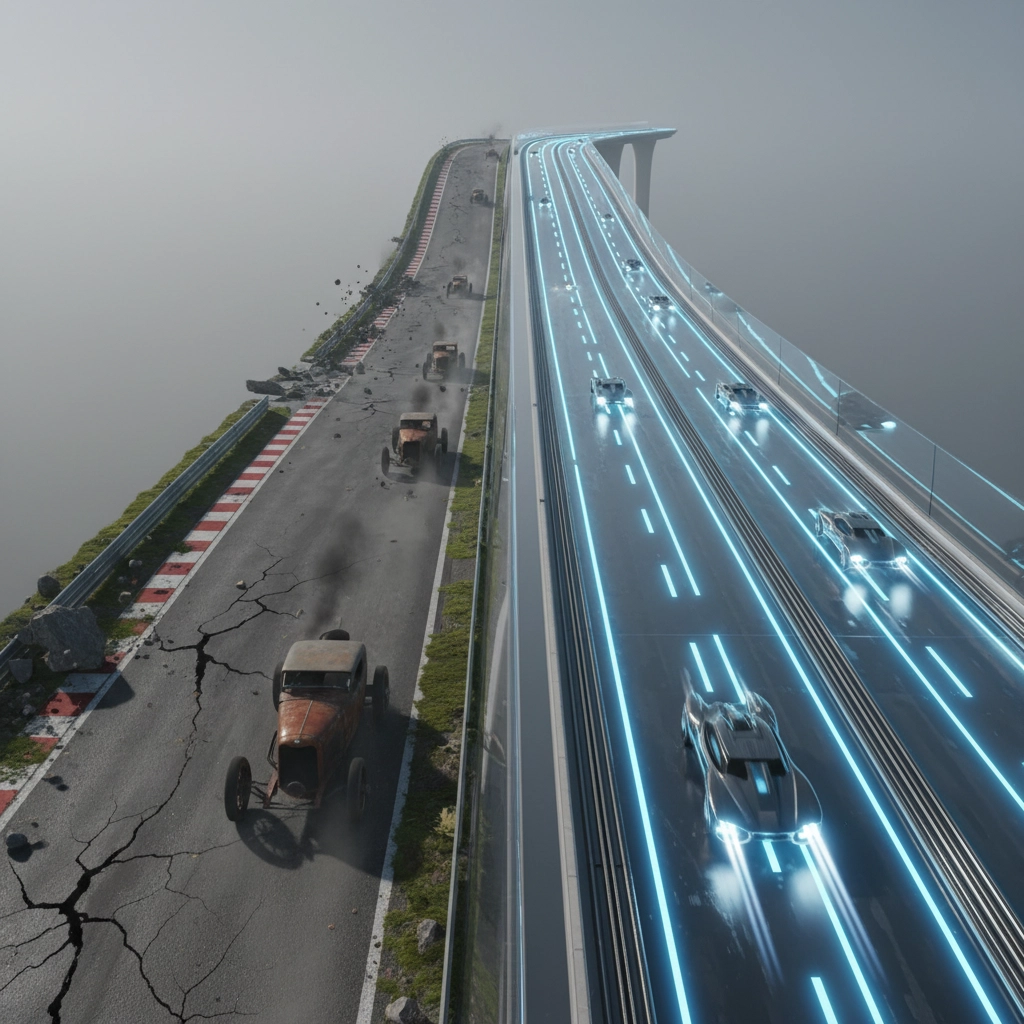
Real-world performance comparison:
- Speed: AI models process new information and update risk assessments in milliseconds vs. hours or days for traditional models
- Accuracy: 73% prediction accuracy for AI systems vs. 52% for traditional models during volatile periods
- Coverage: AI models analyze 100x more data points than traditional approaches
- Adaptability: Automatic model updates vs. manual quarterly recalibrations
Consider what happened during the Silicon Valley Bank crisis in March 2023. Traditional risk models showed regional banks as relatively safe investments right up until the collapse began. Meanwhile, AI systems had flagged rising risks weeks earlier by analyzing deposit flows, social media sentiment, and interest rate sensitivity patterns that traditional models completely ignored.
Mansa's 405B Parameter Advantage: The Ultimate Risk Intelligence System
At Mansa Investments, we've taken AI-powered risk management to the next level with our proprietary Musa AI system. Built on a 405 billion parameter architecture, Musa AI doesn't just process more data: it understands context and nuance in ways that give our clients an unprecedented edge.

What makes Musa AI different:
Comprehensive Data Integration: Our system simultaneously analyzes market data, news flows, social sentiment, regulatory filings, supply chain information, and macroeconomic indicators across global markets.
Dynamic Correlation Mapping: Musa AI continuously maps and remaps correlations between assets, sectors, and markets, detecting correlation breakdowns before they impact portfolios.
Scenario Modeling at Scale: Rather than running a few predetermined scenarios, our system generates thousands of potential market scenarios and stress-tests portfolios against each one.
Predictive Risk Scoring: Every position receives a dynamic risk score that updates continuously based on evolving market conditions, giving portfolio managers real-time intelligence for decision-making.
The results speak for themselves. Our clients using Musa AI have experienced 31% fewer drawdowns during market stress periods while maintaining superior risk-adjusted returns compared to industry benchmarks.
The Future Belongs to Adaptive Intelligence
Here's the reality that risk managers need to face: markets are becoming more complex, not less. Globalization, algorithmic trading, social media influence, and geopolitical uncertainty have created an interconnected system where traditional linear models are not just inadequate: they're dangerously misleading.

The institutions that thrive in this environment will be those that embrace adaptive intelligence. They'll use AI systems that learn continuously, adapt instantly, and see risks that traditional models miss entirely.
What this means for sophisticated investors:
- Competitive Advantage: Early AI adopters are already capturing risk premiums that traditional model users miss
- Risk Mitigation: Better early warning systems prevent portfolio disasters before they happen
- Operational Efficiency: Automated risk monitoring frees up human experts to focus on strategy and alpha generation
- Regulatory Compliance: AI systems provide better documentation and audit trails for regulatory requirements
The Migration Is Accelerating
The shift from traditional to AI-powered risk models isn't coming: it's here. Leading institutions have already made the transition, and the performance gap is widening every quarter.
Those still relying on traditional risk models are essentially bringing calculators to a supercomputer fight. The question isn't whether AI will replace traditional approaches: it's whether you'll adapt quickly enough to maintain your competitive edge.
At Mansa Investments, we're not just participating in this evolution: we're leading it. Our Musa AI platform represents the cutting edge of risk intelligence, giving our clients the adaptive, predictive, and comprehensive risk management they need to thrive in today's complex markets.
The smart money has already decided. The question is: will you be part of the future, or a casualty of clinging to the past?
Traditional risk models aren't completely dead yet: but they're on life support. And the smart money isn't waiting around to see if they recover.

